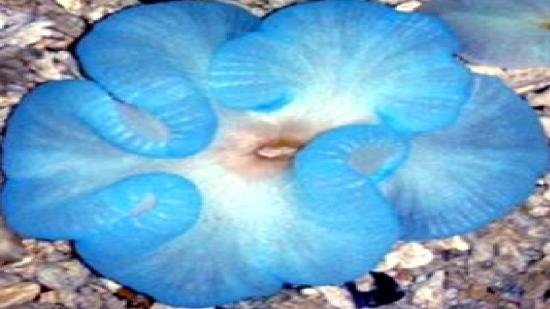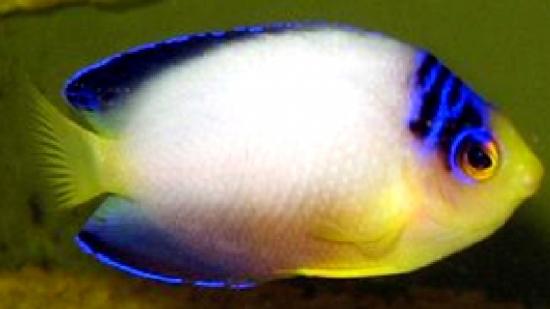
bojyeo
SRC Member-
Posts
299 -
Joined
-
Last visited
-
Days Won
4
Content Type
Profiles
Forums
Gallery
Everything posted by bojyeo
-
Mega Powerful Nitrate and Phosphate Remover - DIY!
bojyeo replied to SantaMonica's topic in General Reefkeeping_
oh......not sure if you need me to include those coral additives as well......a couple of drops from quite a few range of Kent Marine supplements...... -
Mega Powerful Nitrate and Phosphate Remover - DIY!
bojyeo replied to SantaMonica's topic in General Reefkeeping_
I think during prime period, I am feeding like below : - 3 times a day Each time will consist of below : - 1) 4 X mysis cubes 2) 4 X rotifier cubes 3) 3 X Brine Shrimp cubes Thanks. -
From my own personal experience, magnesium levels seem to be the deciding factor besides lighting.........I dose a lot of magnesium to get the coralline algae I have today.........
-
Queen - 9 inch Emperor - 8 inch Blue-Face - 7 inch Koran - 6 inch french - 6 inch I am keen. Price?
-
Its opposite Tua Pek Kong Temple............
-
Mega Powerful Nitrate and Phosphate Remover - DIY!
bojyeo replied to SantaMonica's topic in General Reefkeeping_
But I am betting on not using the skimmer once I install your ATS -
Mega Powerful Nitrate and Phosphate Remover - DIY!
bojyeo replied to SantaMonica's topic in General Reefkeeping_
Feeding mainly pellets and mysis cubes about 2-3 times day........occasionally I feed fresh prawns and salmon to the corals but it just spiked up the nitrates and make the SPS suffer........ Non LEDs are okie but do you know Singapore's incoming voltage? Gallons or feet do not matter? -> my tank is in my backyard so there is space.........but not too monstrous becos my wife would be grumbling........ I hope to have a plug and play unit without having too much fuss on DIY..... -
Hi, Do they fight each other? What is the price for take all? SMS me @ 96629870 Thanks.
-
Mega Powerful Nitrate and Phosphate Remover - DIY!
bojyeo replied to SantaMonica's topic in General Reefkeeping_
Santa Monica, Can you sell me a custom made unit for my 5 X 2.5 X 2.5 FT tank? I prefer a standalone unit beside the cabinet using LED lights. Thanks. -
hahaha.........ya........I think Gem Tang is very nice.........I prefer Gem Tang than Black Tang but nebe see Conspic Angel before.......... The fish is in the tank at Sentosa Cove bungalow...........my fren says it is imported........but I think to him is peanuts........ I took a ruler to measure.......dam........the black tang is bigger than my face!!!..........
-
Hi all Bros, My fren has a 10" Black Tang for sale @ S$2000 nett. If anyone keen, let me know. Serious buyers only. Thank you.
-
Very nice garden Bro..........
-
wow........tats ex.......
-
Wah..........thanks for the info........ But if common fish how come sell so ex? Flame Angel is much cheaper..........
-
Bro Cool Guy, Thanks for ID. Can I ask which LFS sell them? Frequent shipment? Thanks.
-
Hi All Bros, Is this anemone Blue Carpet Anemone? Does it move about? Anyone seen it in LFS and pricing? Which LFS? Thanks.
-
-
Thank you to all 3 bros who came all the way to get my Flame Angels........ Sale of yellow tang is withdrawn due to my mistake in weather today........ Left jelly fish and corals......... Will do a post later on for more close up pics for corals.........Guess I want to go into FOWLR and buy some Angels and butterflies.......
-
Received quite a number of PMs and SMSes about the Jelly Fish.......kindly see below facts on them......... The Moon Jellyfish (Aurelia aurita) is also known as the moon jelly, common jellyfish or saucer jellyfish. The name Moonjelly fish can refer to a specific species of jellyfish Aurelia aurita, but can also refer to all jellyfish species in the genus Aurelia. Because they are extremely similar to each other and can only be distinguished genetically, the entire species in the genus Aureilia is commonly referred to as Moon Jellyfish. We do not yet know exactly how many species of jellyfish belong to this common genus; new species are discovered regularly. The medusa, or the bell of the moon jellyfish can range between 5 to 40 cm in size. Their medusa, or bell, is translucent and often has a pattern of stripes or spots. The four horseshoe shaped gonads of the moon jellyfish are easily visible through its translucent bell and offer the simplest way to identify a moon jellyfish. The moon jellyfish, unlike some other species of jellyfish, has both ###### arms and tentacles to facilitate its feeding process. The moon jellyfish are commonly found in coastal regions in warm and temperate waters. They are found in almost all the waters of the world between 70 degrees N and 40 degrees S, but are most abundant in Atlantic, Pacific and Indian Oceans. They are also known to inhabit inland seas and sometimes, even brackish waters. In brackish waters, however, the bell of the moon jellyfish is a lot flatter due to decreased salinity. Although moon jellyfish can withstand salinity as low as 0.6%, they thrive best in waters with relatively high salinity. Moon jellyfish can also withstand temperatures between -6 degrees C and 31 degrees C, their optimum temperature range is between 9 degrees C and 19 degrees C. Like most other jellyfish are only capable of an upward thrust on their own and essentially depend upon the tides and currents of the waters to keep them suspended and for horizontal movement. Moon jellyfish usually stay near the surface of the water and travel with the tides. The Moon jellyfish is carnivorous and mainly feeds on plankton like mollusks, crustaceans and copepods. They are also known to feed on zooplankton like hydromedusae and ctenophores. Moon jellyfish of all ages are equipped with venom filled nematocysts on their tentacles to help them procure food by stinging their victim and trapping in within mucus. On the other hand, moon jellyfish are fed upon by a number of large fish and the sea turtle. Even some marine birds are known to feed on moon jellyfish, especially because moon jellyfish tend to stay close to the surface of the water. Moon jellyfish reproduce sexually and have both males and females in the species. They are most likely to be sexually mature around spring and summer of each year. Moon Jellyfish are the most commonly kept species of jellyfish, in both public aquariums and by serious hobbyists. If you have visited an aquarium that keeps jellyfish, you are very likely to have seen specimens of these species. The sting of the moon jellyfish is not fatal or dangerous to humans. In severe cases, the victim may experience some stinging sensation on the surface of the skin where he/she has been stung. Read more: http://www.jellyfishfacts.net/moon-jellyfish.html#ixzz1ZgcxrjZz



